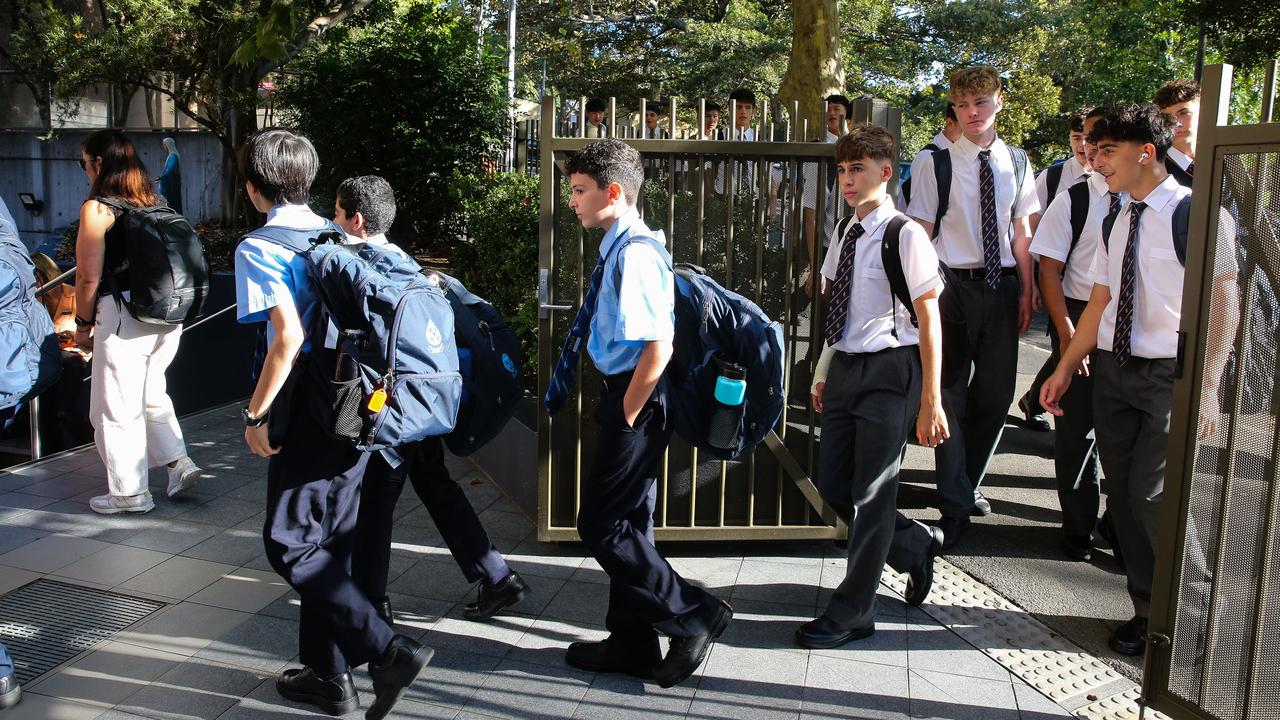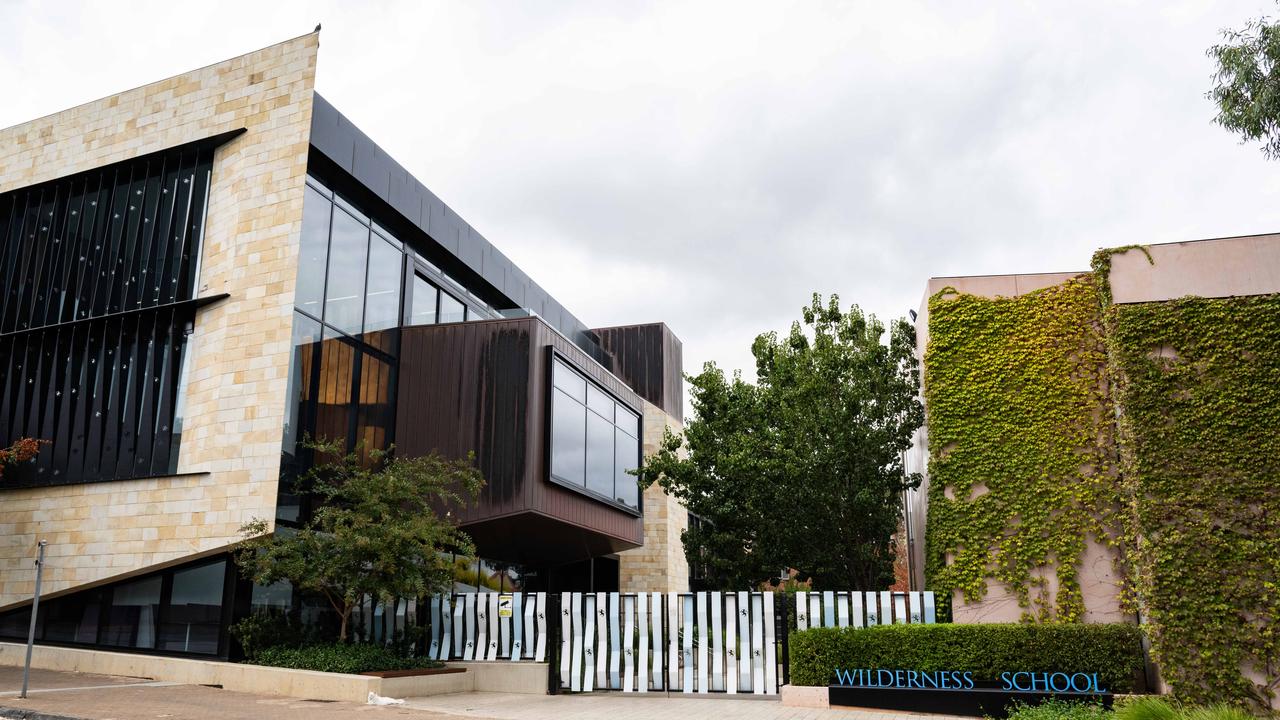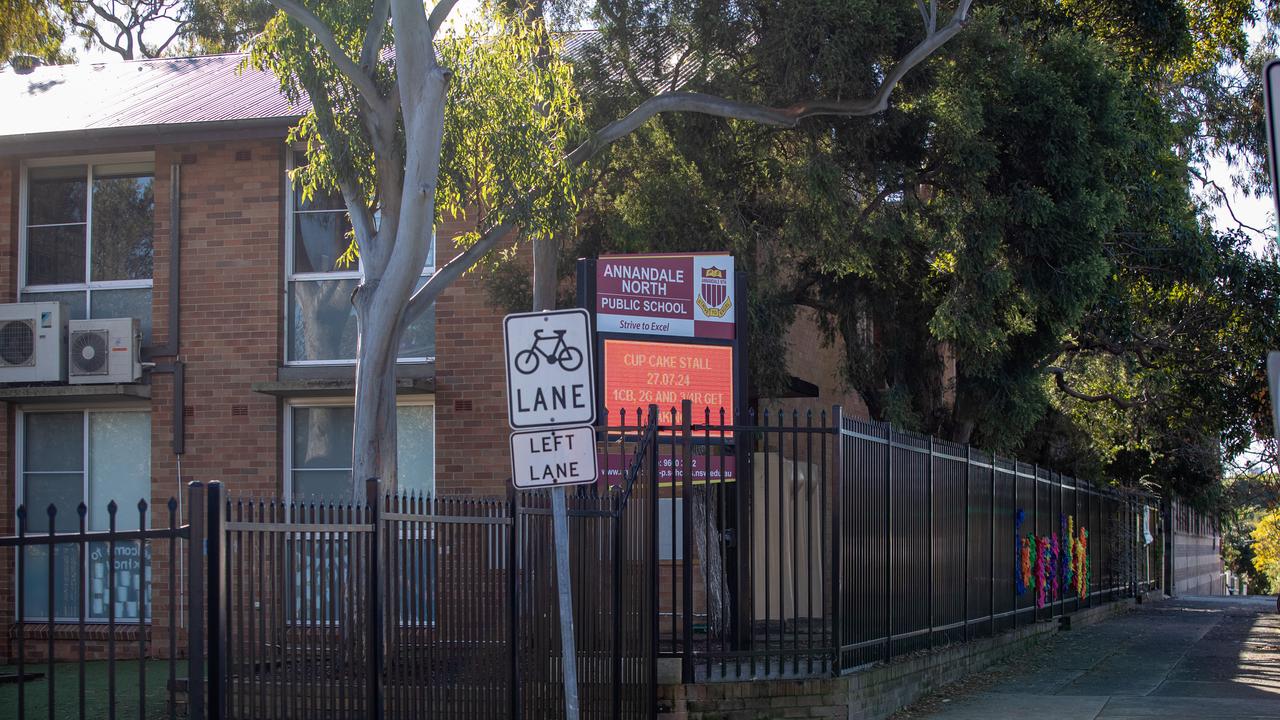‘Money matters’: Report finds growing disparity in government funding for private and public schools
Educators have issued a desperate plea after a new report revealed the growing disparity between the funding for private and public schools.
A report has revealed a startling disparity between the funding funnelled into private schools and that given to their public counterparts.
The private schooling sector saw a 22 per cent faster growth in government funding over the past decade compared to public schools, according to findings from the Productivity Commission Report on Government Services 2025.
Australian Education Union President Correna Haythorpe said the findings highlighted the “deeply inequitable system” in school funding between the public and private sectors.
“Resources delayed are resources denied,” she said.
“For too long, public schools have carried the burden of resource shortages, and yet public schools educate the vast majority of students with the greatest need.”

The report bolstered the AEU’s findings last year that more than half of private schools in Australia received a greater amount of combined government funding per student than public schools.
Every private school on average received $462 per student above their full Schooling Resource Standard, while every public school was underfunded by $2509 per student.
Ms Haythorpe said the AEU had heard thousands of stories from principals and teachers about the difference funding made in allowing schools to provide wellbeing support, early intervention programs, and occupational and speech therapy.
“At the same time we’ve had money denied from our system – we’ve faced crippling workforce shortages, escalating workloads for teachers (and) year 12 retention rates dropped,” Ms Haythorpe said.
“It’s not rocket science – money matters.”
Without adequate government funding, parents have been covering the gaps in order to ensure their children have access to high quality teaching and learning programs.
“When the government hasn’t backed in the funding that is needed, the cost is shifted to parents,” the AEU President said.

Federal Minister for Education Jason Clare recognised the funding disparity in the Australian school system.
“Every private school in Australia is either funded at the level David Gonski recommended, is above it, or is on track to be there by the end of the decade,” he said.
“The problem is public schools aren’t. I am focused on fixing that, so all schools have the resources they need.”
The Albanese Government has put forward the Better and Fairer Schools Agreement, which seeks to address the inequality by ensuring full and fair funding to all public schools, setting them on a path to 100 per cent of the Schooling Resource Standards by 2034.
“The funding is not a blank cheque. It’s tied to evidence-based reforms to help children to read, write and do maths. The sort of thing that all parents expect,” Mr Clare said.
All states and territories except NSW and QLD have signed up for the agreement, but Ms Haythorpe emphasised it needs to be settled before the federal election.
“We urge all governments to work together in the negotiations for new bilateral agreements with clear timelines that ensure this much needed funding is in public schools as soon as possible,” Ms Haythorpe said.

The average cost of education are noticeably different across government (public), Catholic, and independent (private) schools.
An analysis by Futurity Investment Group found it costs $123,294 for 13 years of Government schooling, $193,666 for a school in the Catholic system, and $350,158 for Independent institutions.
The overall costs consider school fees as well as ‘hidden’ expenses – or ancillaries – such as uniforms, transport, camps and electronic devices.
For Government schools, fees make up 8 per cent of the cost of education, with ancillary expenses being the other 92 per cent.
At Independent schools, fees come in at 56 per cent of the total and the remaining 44 per cent are additional costs.
And Catholic school fees make up 39 per cent of the sum, with 61 per cent being extra expenses.



